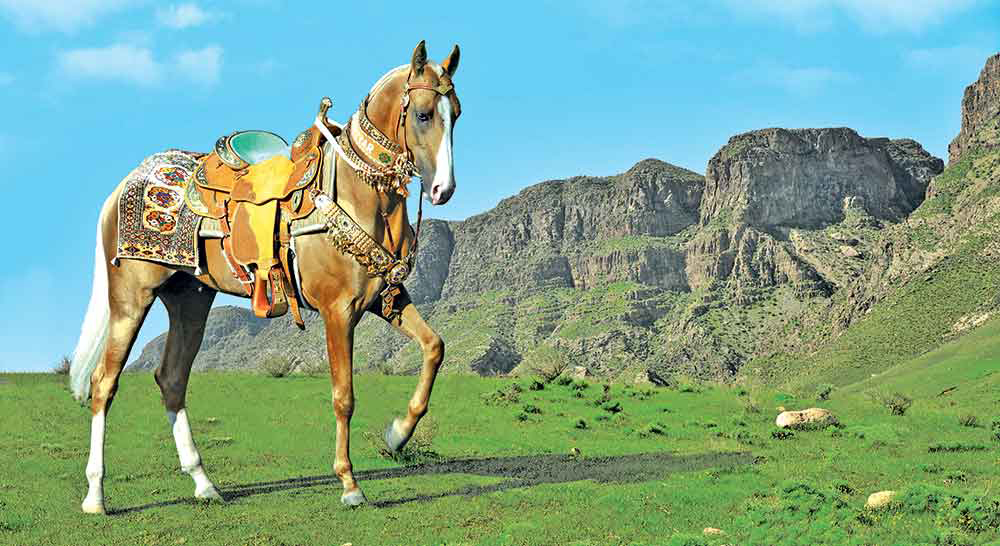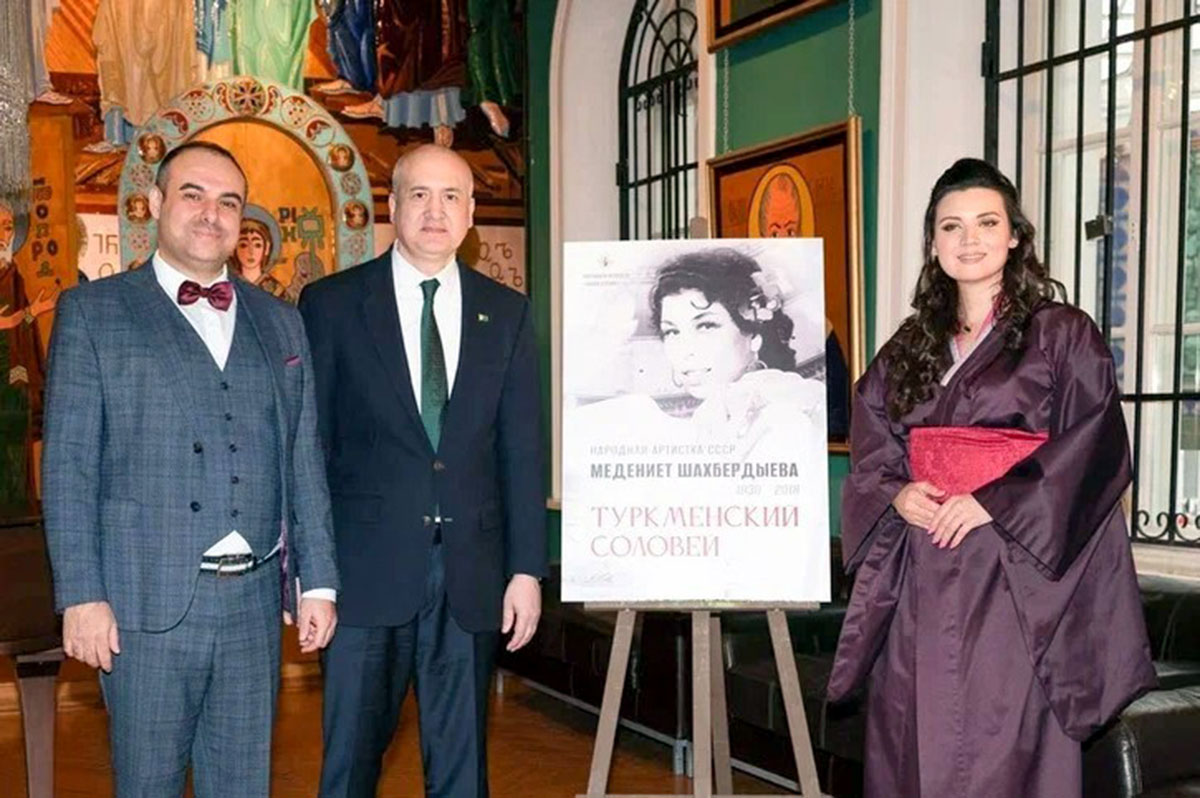Archaeological excavations continue at the famous Gonur-Depe site in the Garagum Desert, conducted as part of the Turkmen-Russian Margiana Archaeological Expedition. This expedition operates under a cooperation agreement between the Ministry of Culture of Turkmenistan and the N.N. Miklouho-Maclay Institute of Ethnology and Anthropology of the Russian Academy of Sciences.
The current field season is coming to an end. Researchers from the Institute of Ethnology and Anthropology of the Russian Academy of Sciences and the Institute for the History of Material Culture of RAS (St. Petersburg) will continue to study and describe the rich collection of finds from this site in museums in Mary and Ashgabat, together with their Turkmen colleagues.
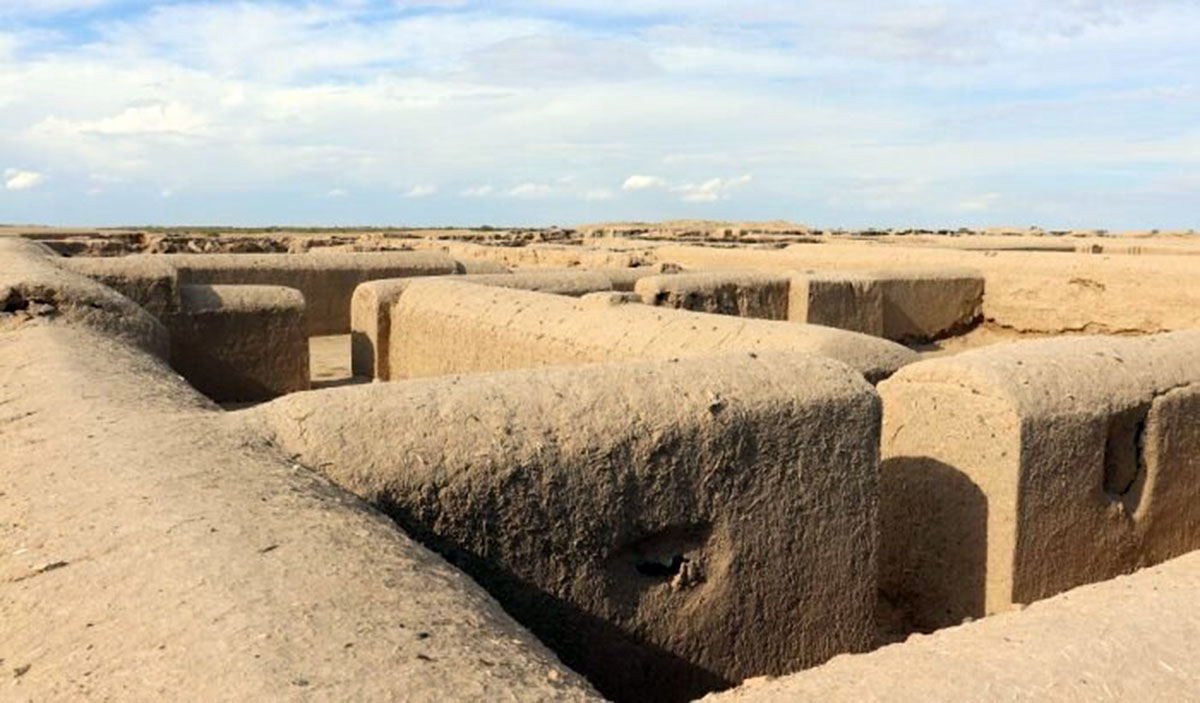
This season, interesting artifacts have been discovered, which will be reported at a scientific meeting of scholars from different countries, scheduled to take place in Ashgabat.
The ancient settlement was discovered in 1972 by an expedition led by archaeologist Viktor Ivanovich Sarianidi, who uncovered the ancient civilization of Margush, also known as Margiana.
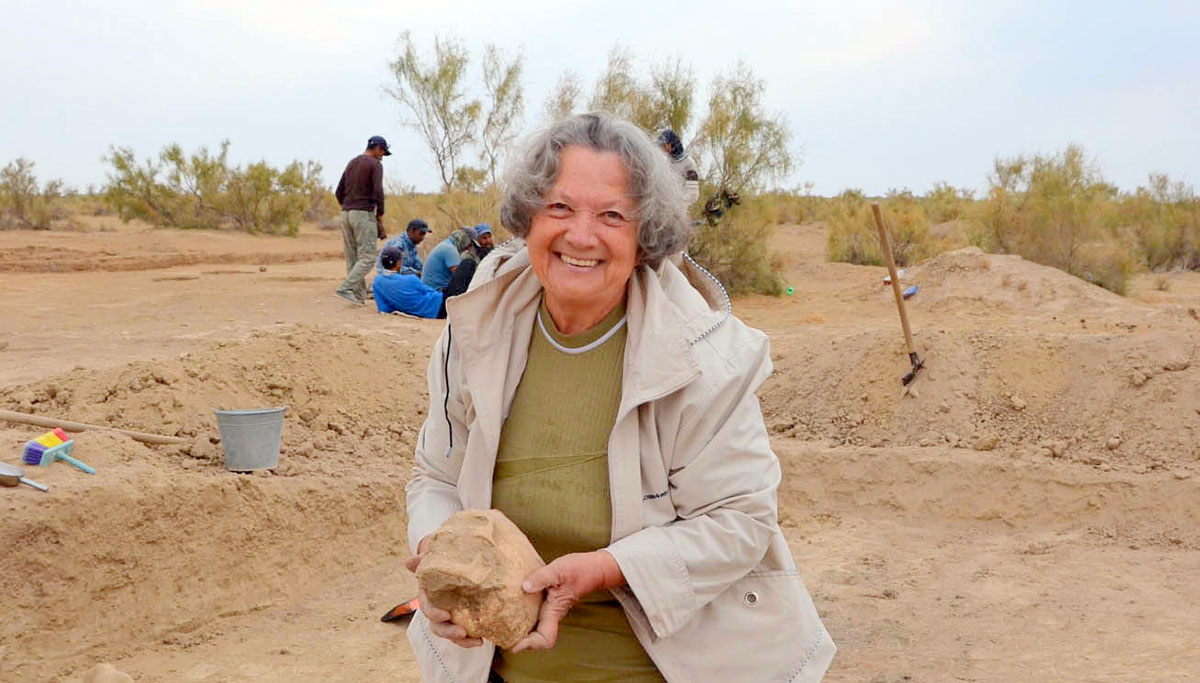
Viktor Sarianidi, the founder and long-time leader of the Margiana expedition, made significant contributions to the study of the ancient delta of the Murghab River, where an agricultural civilization flourished around four thousand years ago, leaving a legacy of high culture. The most important settlement discovered is Gonur-Depe, which testifies to the existence of these societies during the Bronze Age.
Today, a team of specialists from both countries continues the work of this renowned archaeologist. The joint expedition is led on the Russian side by anthropologist and Doctor of Historical Sciences Nadezhda Dubova, and on the Turkmen side by Doctor of Architecture Muhammet Mamedov, head of the National Department for Protection, Study and Restoration of Historical and Cultural Monuments.
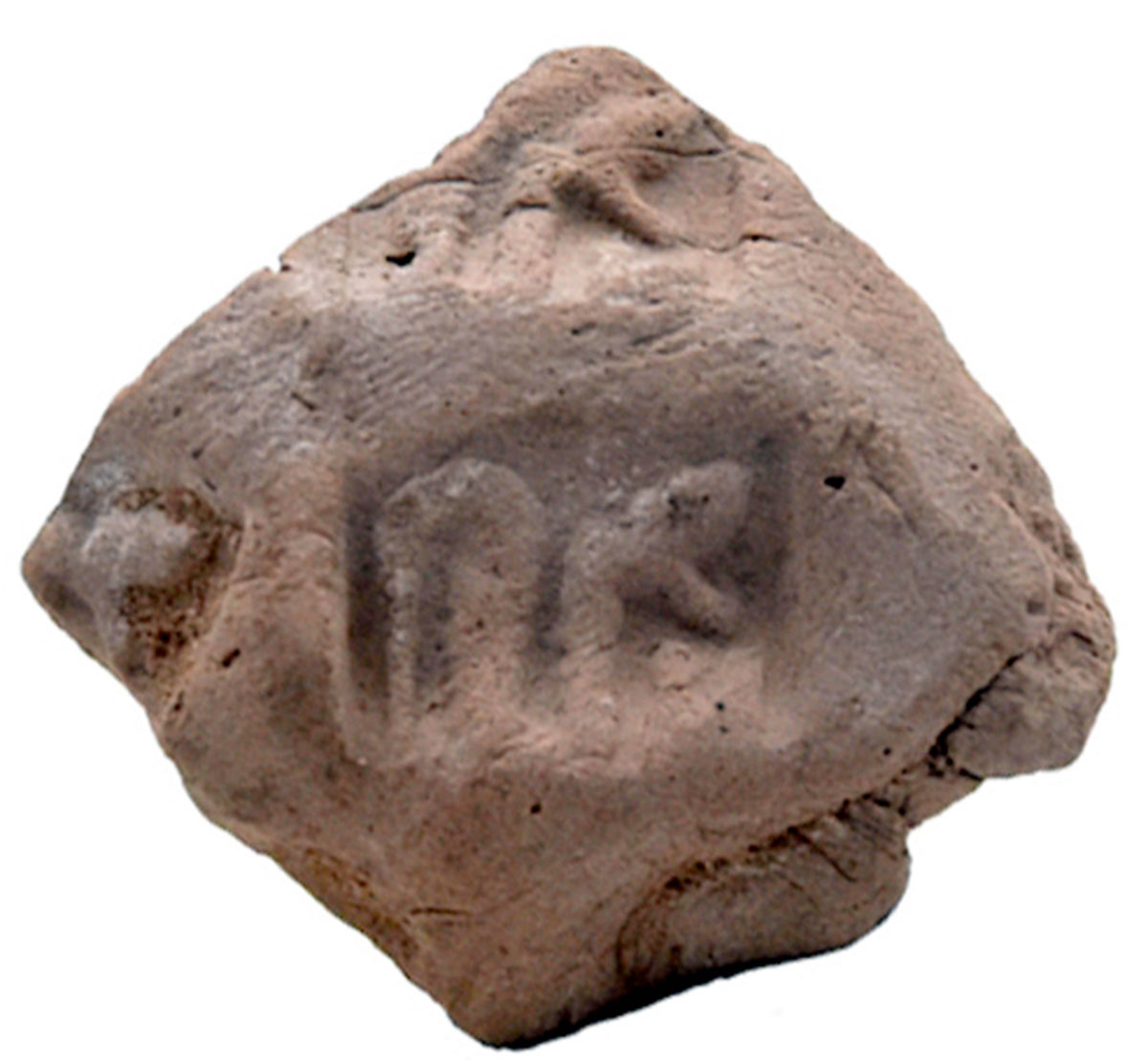
In April-May this year, excavations were conducted at a small settlement called Gonur-20. During these excavations, 19 burials, 2 kilns, and 9 features—mainly ground pits—were investigated.
Among the artifacts found during the spring season are a miniature cylindrical seal made from soft mineral talc-agalmatolite, a fragment of a clay bulla with several impressions from a rectangular stamp-seal depicting a snake, as well as a clay lid from a vessel with rope impressions on the inner side and several cloisonné seal impressions on its front side.
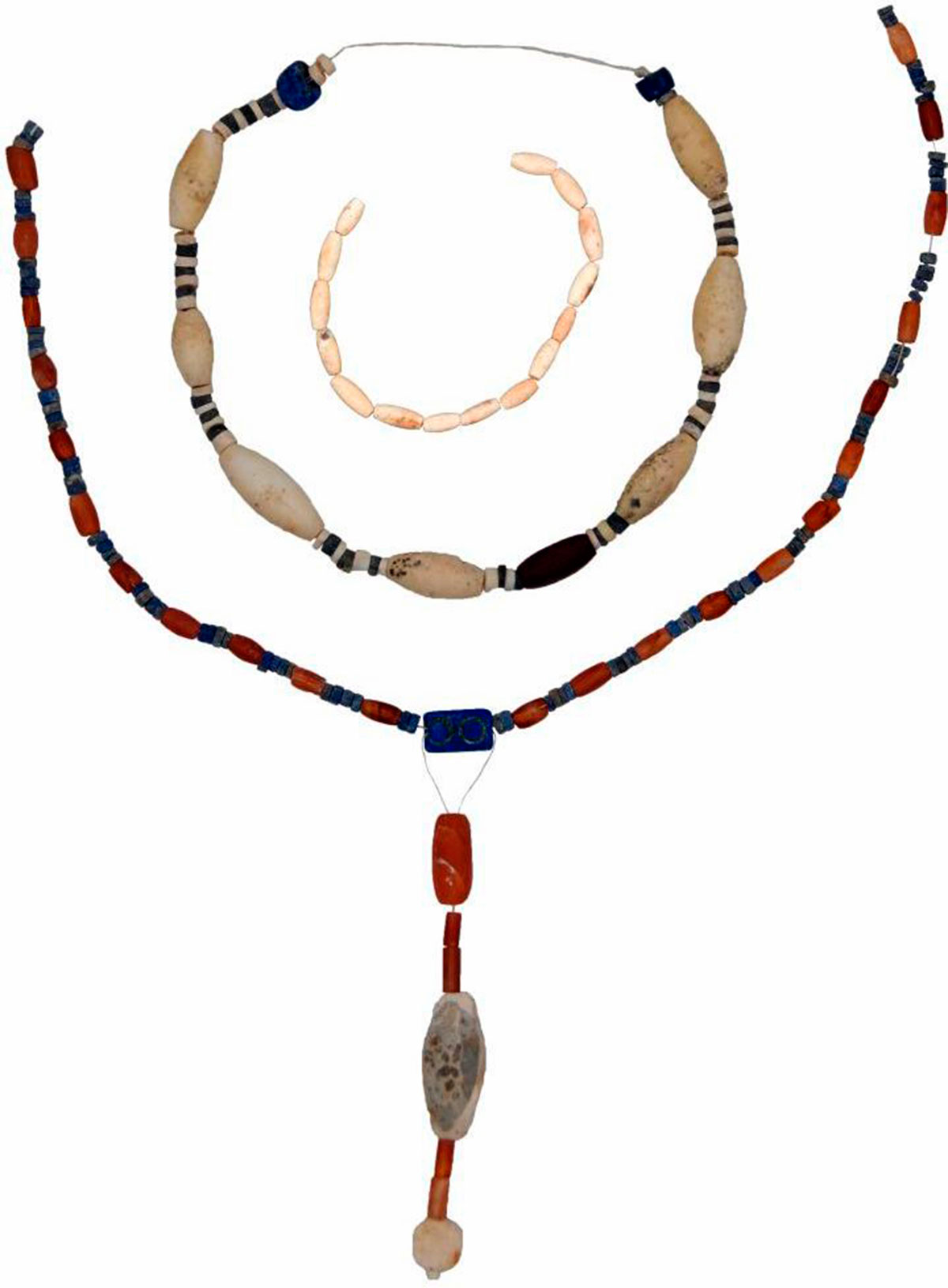
Sets of stone beads made from semi-precious stones in various shapes were discovered in five graves. The craftsmanship of Margiana's stone carvers is impressive: the diameter of cylindrical beads made from lapis lazuli and other minerals sometimes does not exceed 1 mm.
Research has also been conducted to confirm the hypothesis that there are several specialized sites for firing gypsum raw material on the western side of Gonur-Depe. This material was intended for producing water-soluble gypsum used in construction work. During these studies, a gypsum firing kiln was described for the first time; its firing technology was reconstructed, and calculations were made for raw material loading volume and output of finished product.






